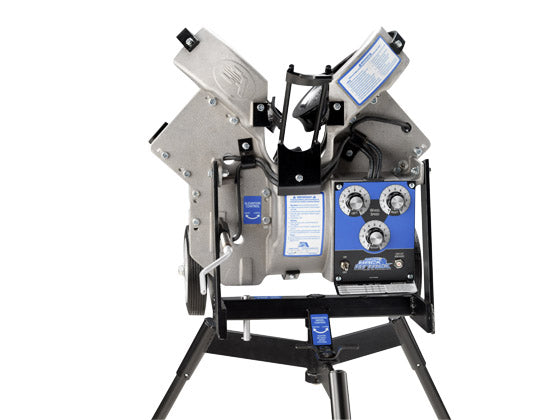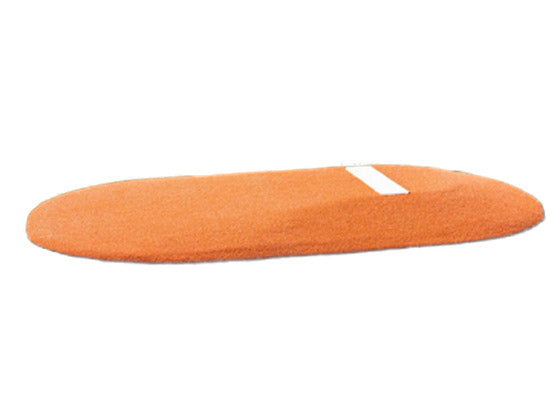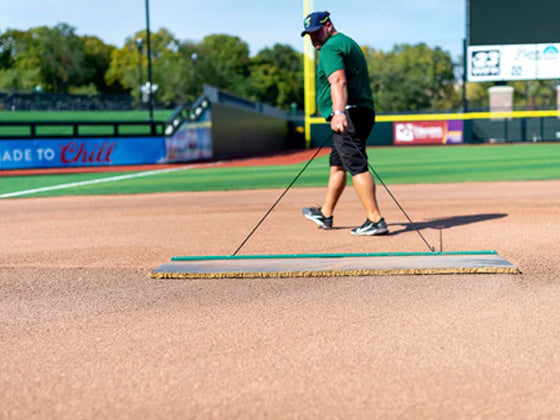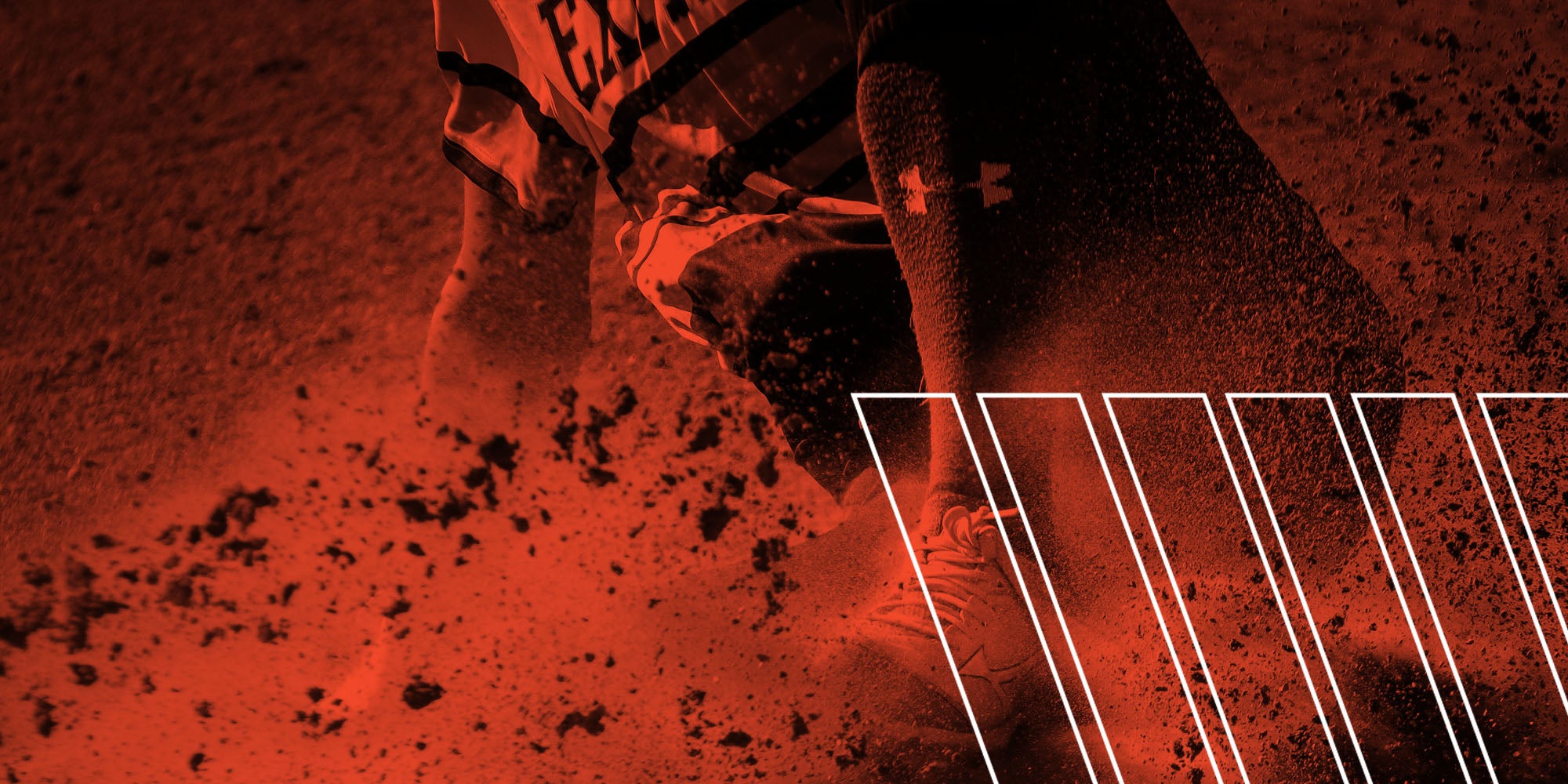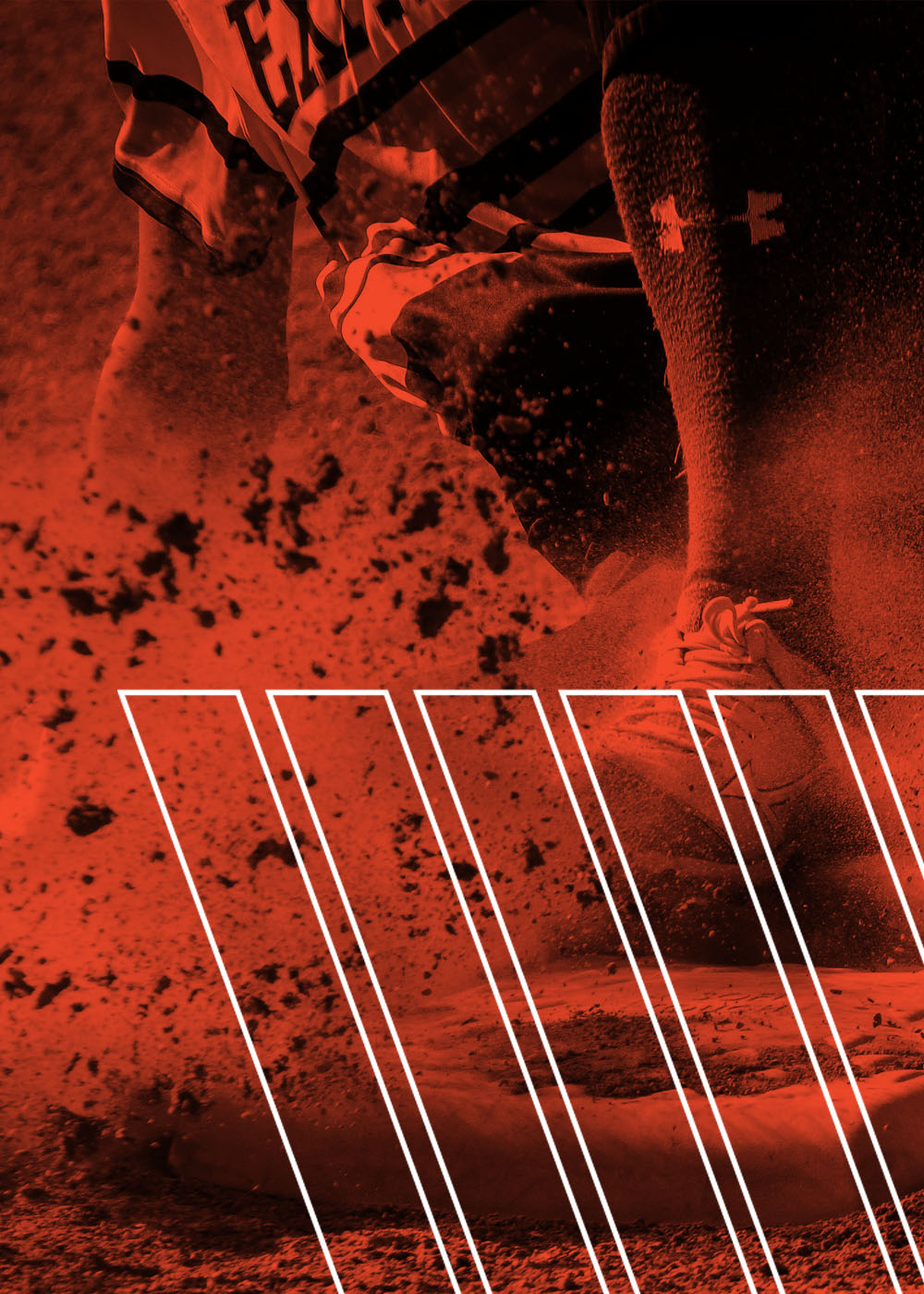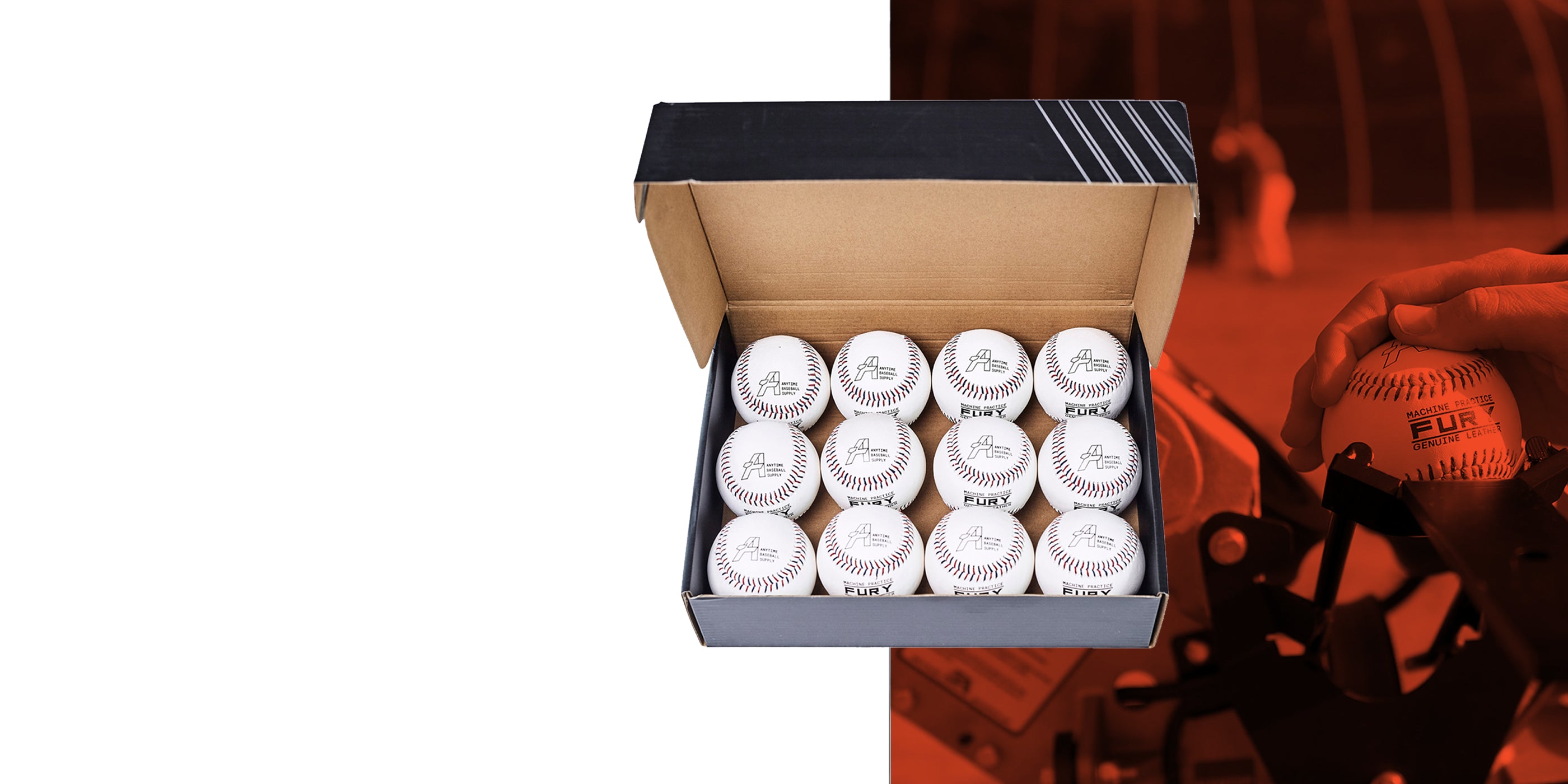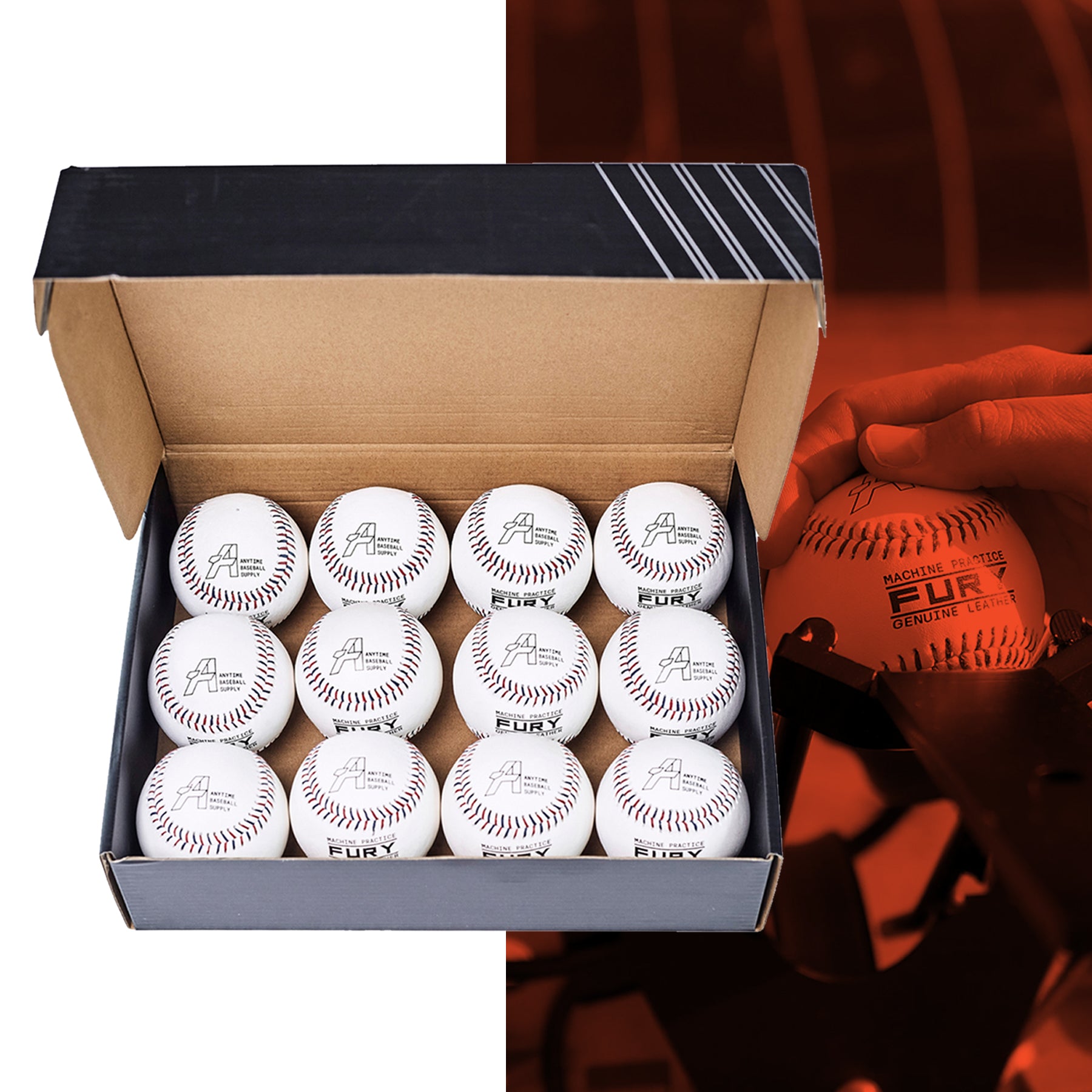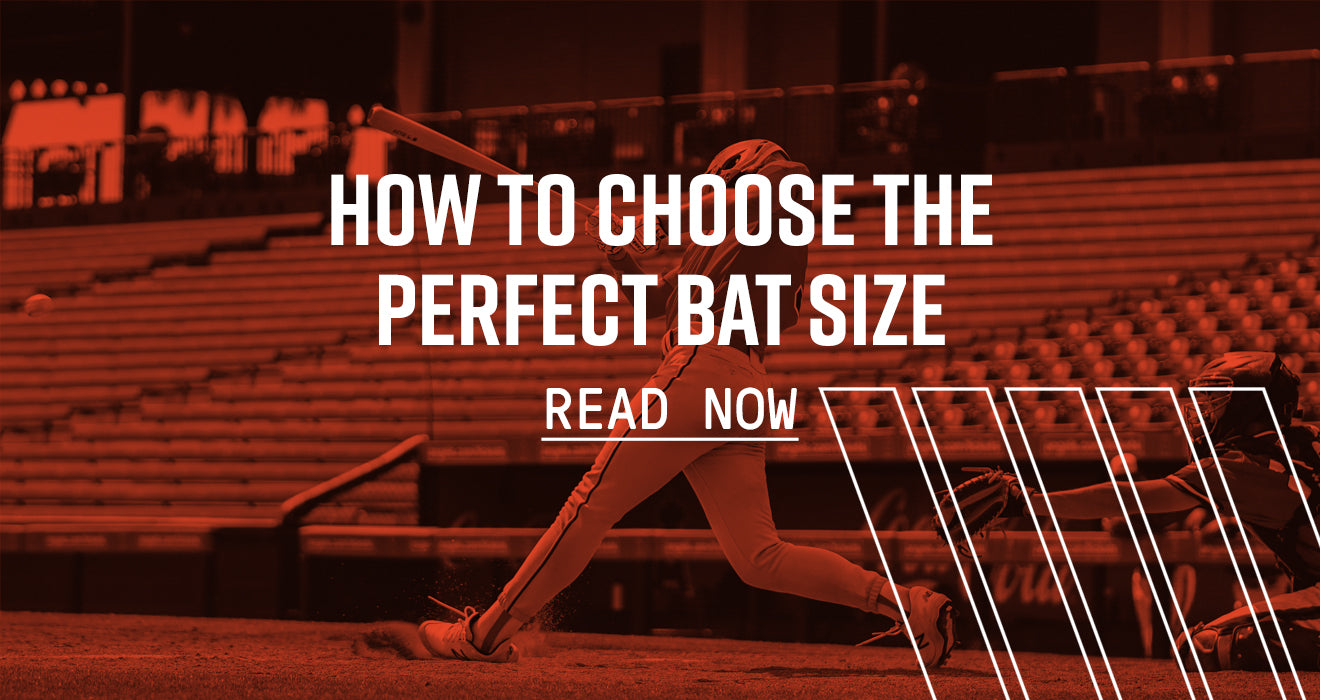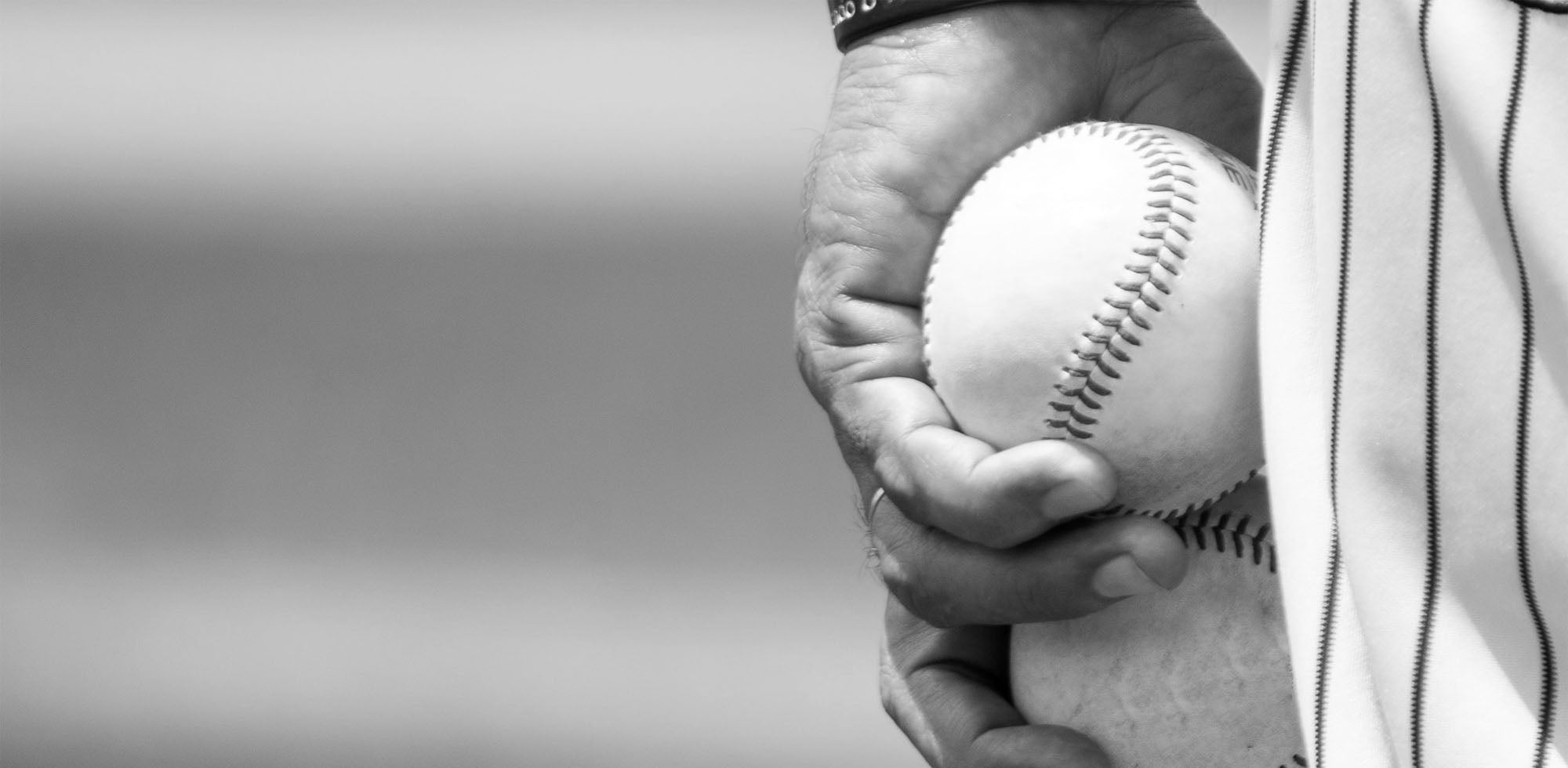Batting Practice Redefined
Fury Leather Pitching Machine Balls
Take your batting practice to the next level with Fury pitching machine training balls. Made with real leather and low seams for increased accuracy and durability.
authorized dealers of






why choose anytime baseball supply?
Our team of baseball experts eats, sleeps and breathes baseball - and we’re committed to equipping you with only the best equipment you need to improve your game.
We’re committed to providing you:
- Trustworthy guidance, so you get only the product you need.
- 45-day Performance Improvement Pledge - if you don't love the gear or see an improvement in 45 days, we'll find a better solution or provide a no-hassle refund.
- Grand slam customer service - Real humans are ready to answer questions and help you find the equipment you need on chat, email or phone
- 600+ satisfied customers from peewee to pro! Click here to see what they have to say.
- Fast and FREE shipping on all orders over $49!
Teams from little league to college-level trust our high-quality equipment and outstanding customer service






From the pitching mound to the catcher’s mitt, we supply the best quality baseball training gear at the best prices.
So collegiate teams, little leaguers, and players can bring the heat to the next game.
Not sure what you need to get fully equipped?
Call our team for expert, no-BS guidance. A real human being (not a robot) is ready to make sure you knock it outta the ballpark.
Call us at (888) 466-0009

 Contact Us
Contact Us